
Asthma monitoring software suite
Itransition developed a software suite to help users self-manage asthma. The suite includes a web app, mobile apps for patients and doctors, and a platform for user management.
Context
The customer is a US startup that designs medical devices for patients with respiratory diseases. Their team came up with an idea of creating a device that would use biometric data to help patients self-manage their asthma while reducing physical and emotional stress. The customer planned to make devices available for individual use as well as install them at points of care.
Being a fast-evolving startup, the customer was looking to release a software suite consisting of a web and mobile apps and a user management platform in the shortest timeframes. There were several core requirements:
- The software suite was to gather and process data from various medical devices.
- It was critical that the software could be easily extended with new features regularly to adapt to the market demand timely.
- The customer wanted to release product versions for different countries.
- Each version was to be compliant with each country’s requirements to software systems processing medical data.
- The solution was also to be HIPAA-compliant, as the customer’s company operated in the USA.
Itransition was chosen for the project thanks to our track record in healthcare software development, as well as experience in working with startups and developing custom software for different types of devices from scratch.
Solution
Itransition developed a suite of asthma monitoring software that included:
- A web application
- Mobile applications for patients and clinicians
- A platform for user management
The software connects with biometric devices collecting patients’ data. It is also integrated with external services and a data exchange channel linked to EHR implementations providers employ.
Features
The suite supports two main user groups: individuals (patients/caregivers) and health professionals (clinicians). On the one hand, patients can self-manage the apps to control asthma and improve their overall life quality. On the other hand, clinicians can provide more efficient medical assistance based on accurate health data collected and processed by the solution.
|
Individuals |
Health professionals |
|---|---|
| Patients can check their health condition and look up their clinical data | Clinicians can collect and analyze patients’ data to decide on prescriptions |
| Caregivers can access health data to help patients manage their condition (particularly if the patient is a minor or a senior) | Clinic admins can manage the solution and its operation |
Compliance
The application suite is fully HIPAA-compliant. It also complies with regional regulations related to collection, storage, and processing of personal health information (PHI). Patients’ PHI is encrypted and stored on the customer’s servers, protected with restricted access.
To align the asthma monitoring software with the regional data localization laws, Itransition’s team packed it with the following capabilities:
- Users can choose their country of residence when they create accounts and change the country when needed.
- The solution is connected to the global identity server that allows users to log in from anywhere in the world.
- The global identity server doesn’t contain any personal information other than the one required to authenticate users.
- The global identity server contains meta-information about each user in order to locate the server where the logging-in user’s data is stored.
- The solution applies localization rules to move users’ data from one server to another and initiate an automatic update of the identity server when users change their locations.
Architecture
We proposed the service-oriented architecture (SOA), as this model has a number of advantages, including:
- A possibility for several development teams to work simultaneously
- Loose coupling of components within an independent development life cycle
- Dynamic scaling of components
- Easy testing of components
- Stable application availability
Initially, the customer wanted to host the solution on Heroku, which comes with well-documented deployment processes, multi-language support, and DevOps services. However, after analyzing other available options, we suggested choosing Amazon Web Services (AWS)for several reasons:
- It supports a wider technology stack
- It provides options for easy configuration of custom solutions
- AWS-based infrastructure is easier to support and has a lower TCO
- It offers scalability, which was critical for our customer
We proposed building the web application with Ruby on Rails and opting for React Native to develop mobile apps. Being open-source, Ruby on Rails and React Native allowed us to cut the development time by 30-40% thanks to reusable components. Another advantage was that React Native was suitable for cross-platform software development.
Process
As we worked on an original product, we wanted to keep the development process flexible to accommodate any possible requirements and changes promptly. That is why we chose the Scrum framework to manage the project workflows, which were divided into two-week sprints with rapid deliverables.Together with the customer, our team was updating and revising the backlog on a regular basis.
To ensure uninterrupted deployment of software changes to the production environment, we introduced continuous integration and continuous delivery (CI/CD) practices. This way, the customer got an opportunity to see the changes as they were implemented and provide timely feedback.
To enable CI/CD, Itransition deployed the TeamCity server. The project team included TeamCity specialists, who were responsible for the server’s quick rollout. TeamCity enabled Itransition’s team to:
- Set up build configurations easily
- Perform recurring code quality checks
- Apply numerous build configurations for each service
- Collect statistical data
- Control the delivery of valid builds, and more
The CI/CD practices with continuous code review and quality assurance resulted in a 5x lower change failure rate on the project. The CI/CD enablement also helped us increase agility and ensure faster delivery cycles. As a result, the team was able to spend over 40% more time on deploying new features. In addition, the CI/CD approach contributed to optimal resource utilization, which allowed the customer to cut deployment costs.
Results
Itransition developed asthma monitoring software that includes a web app, mobile apps for each user group, and a user management platform.
The solution is HIPAA-compliant and aligns with all the applicable regional regulations on PHI processing.
Thanks to the implemented CI/CD practices, we ensured fast delivery cycles and could dedicate over 40% more time on designing and implementing new features, while cutting the overall development costs.
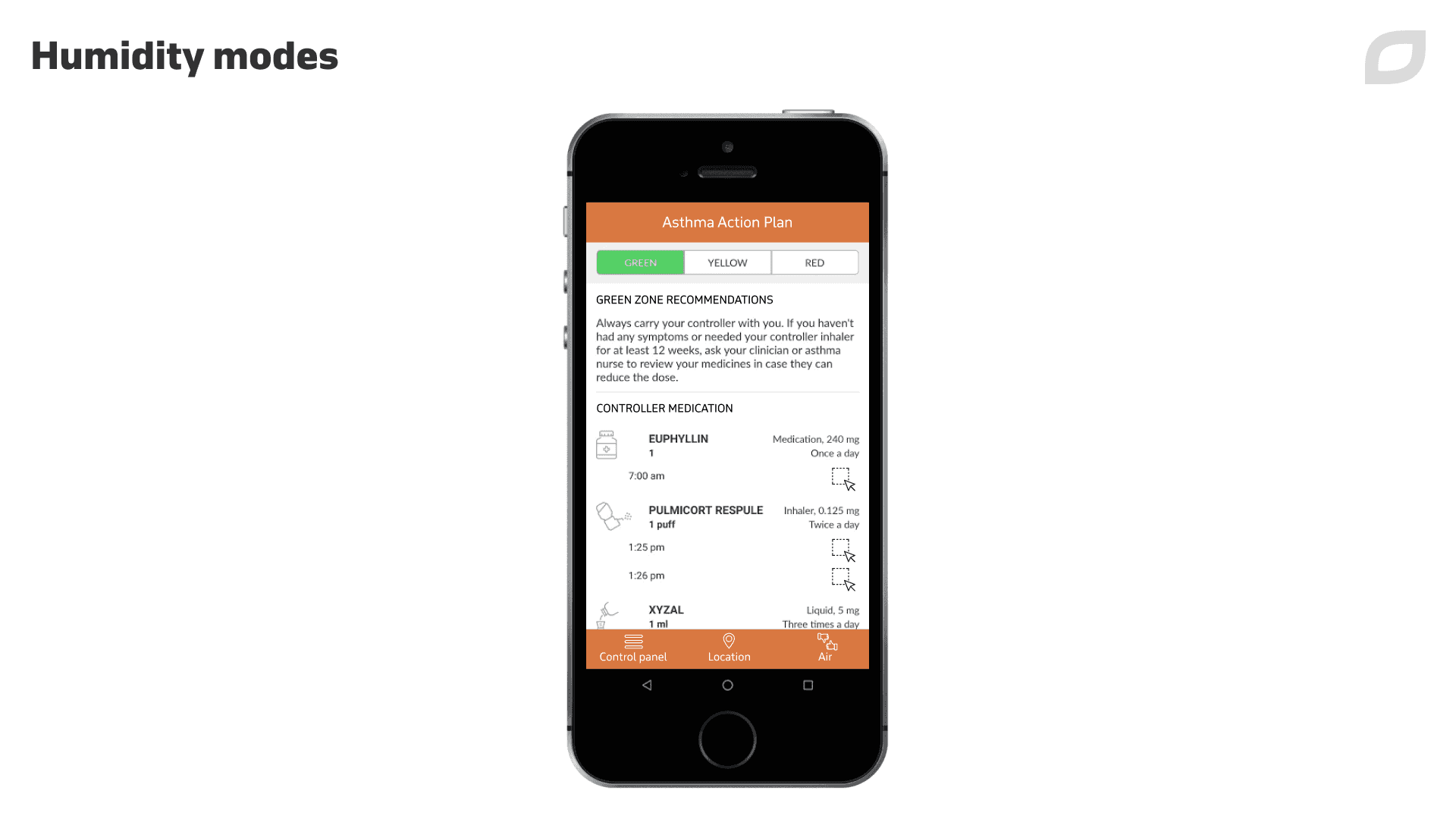
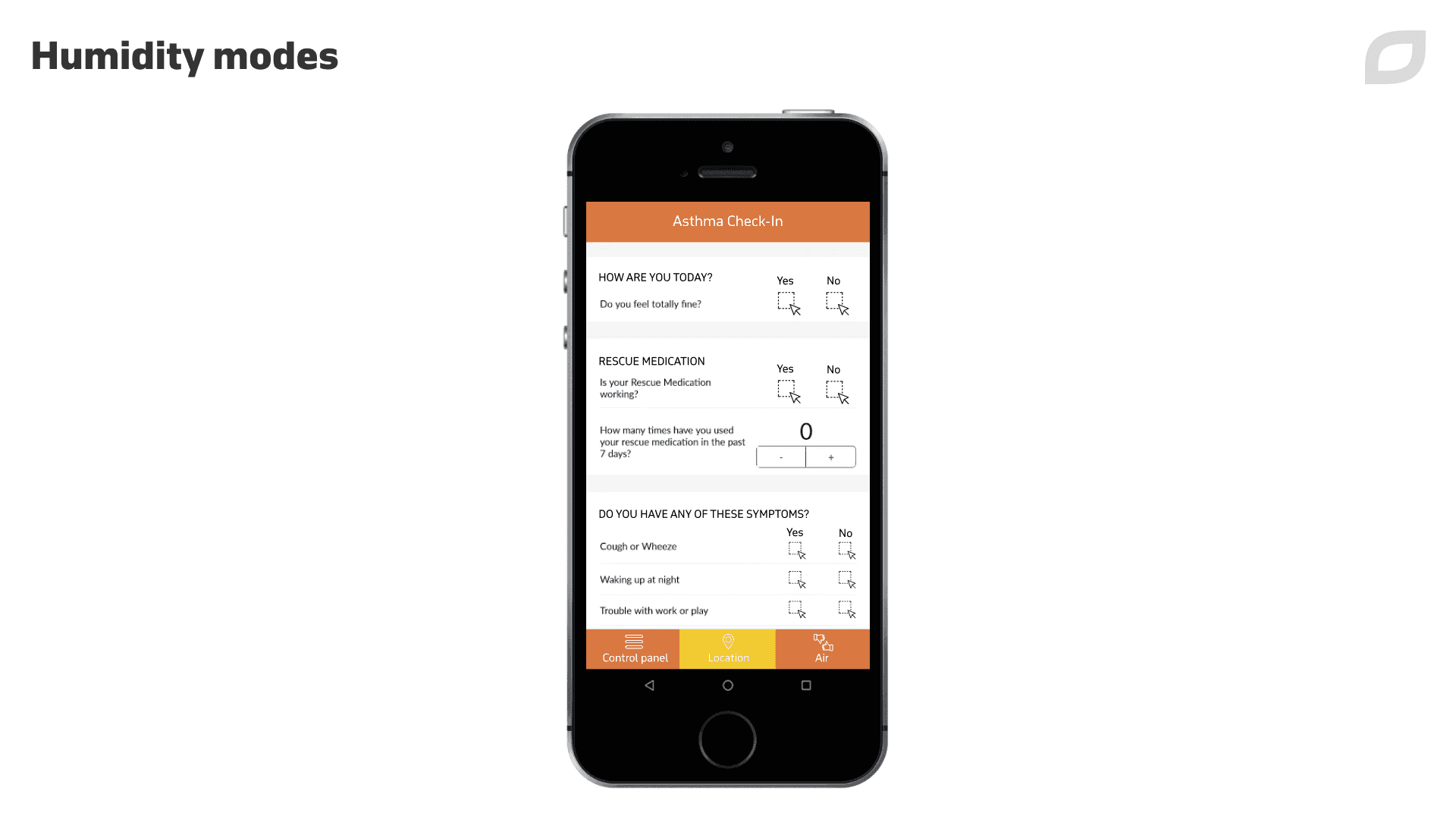
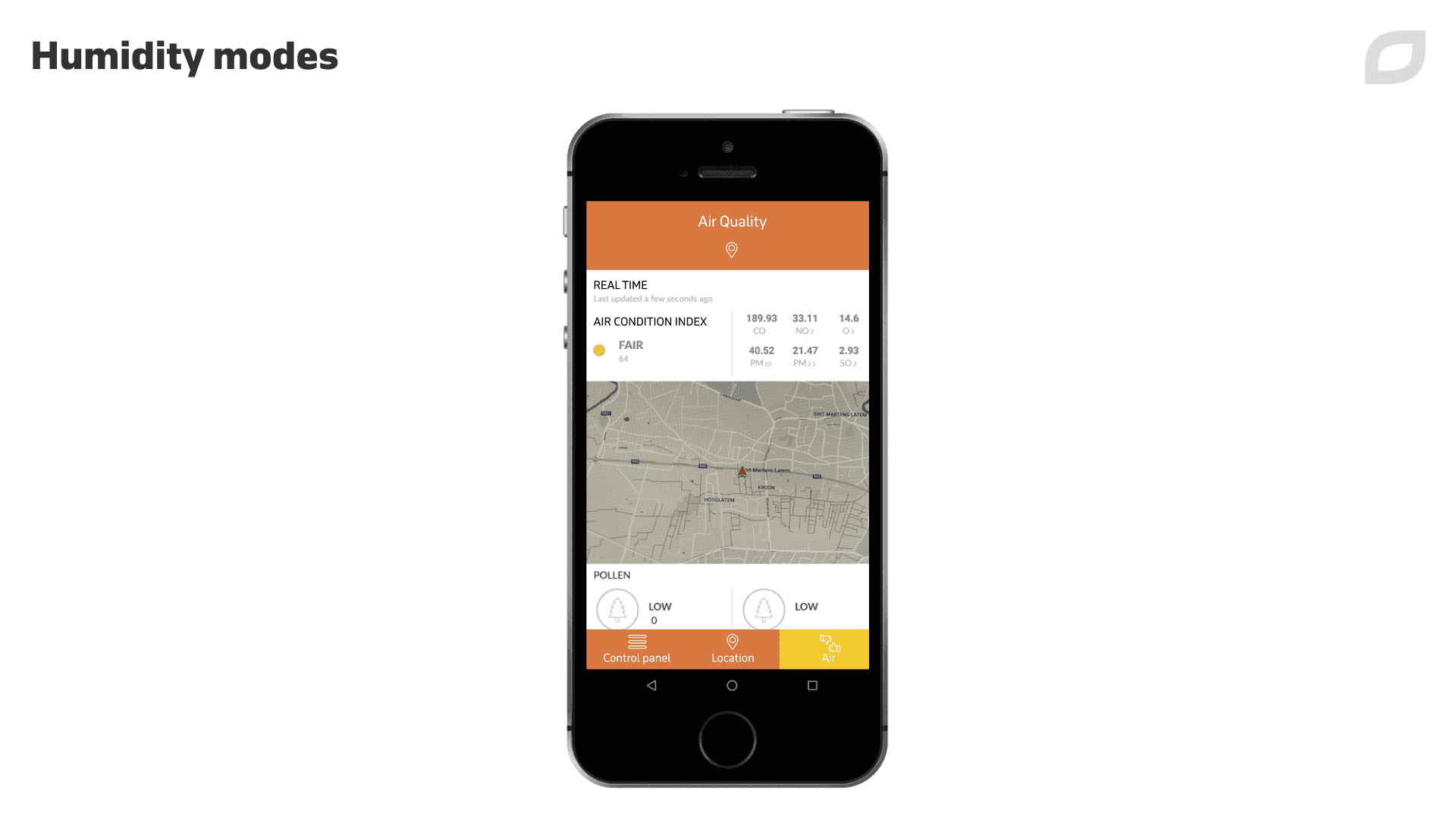
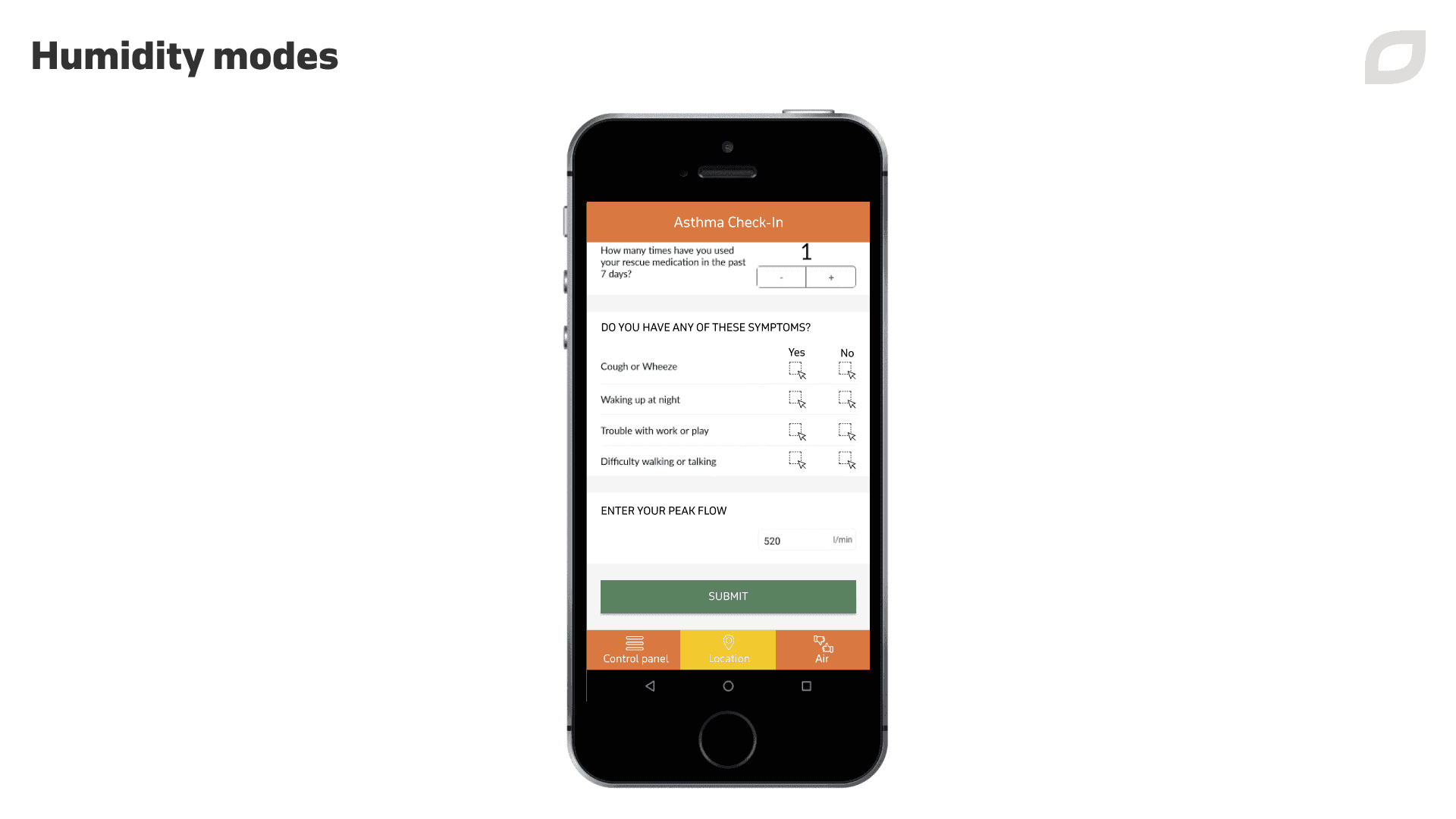
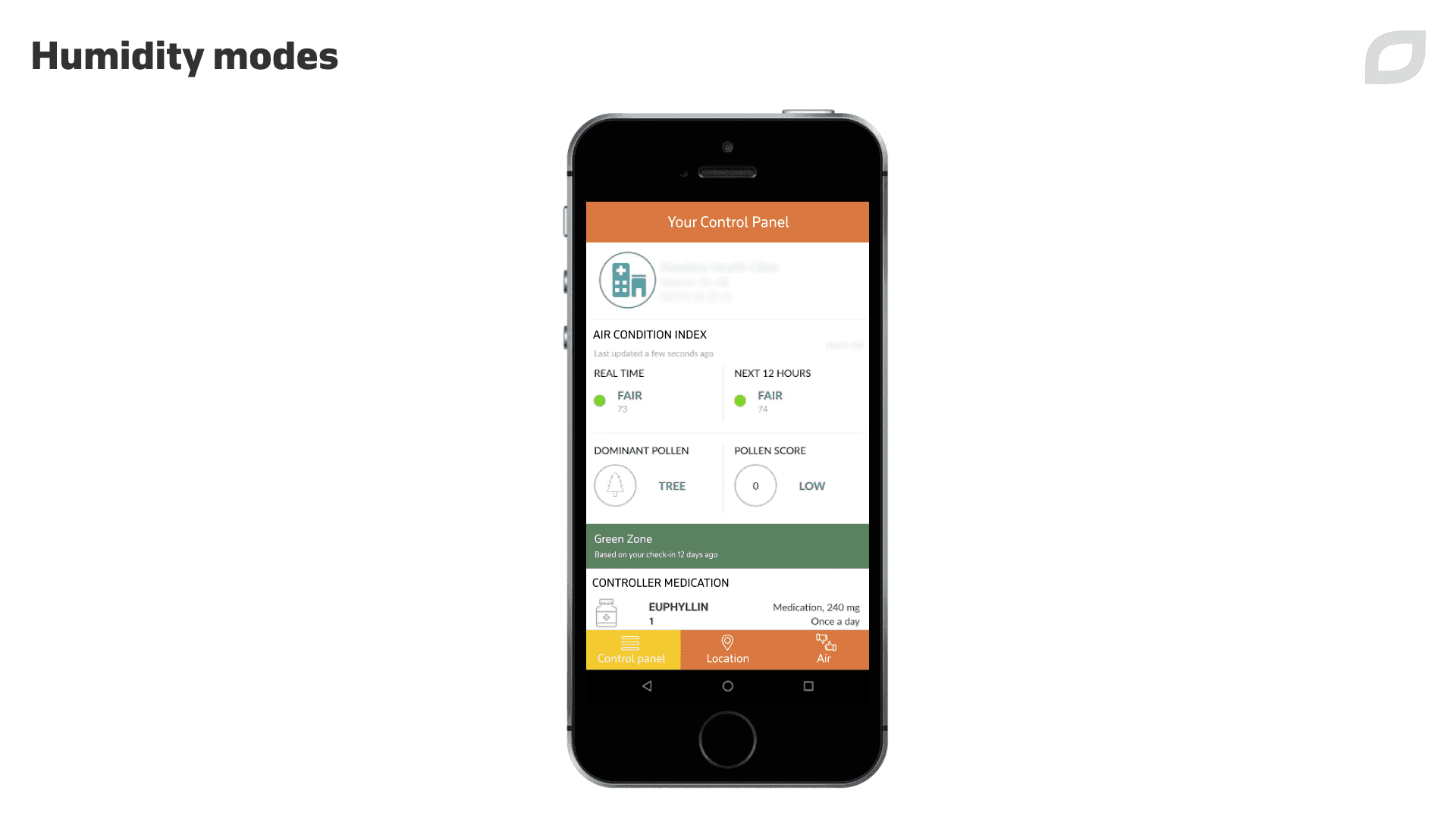

Services
Medical device software development services
As a medical device software development company, Itransition implements apps for precise diagnostics, streamlined care delivery and management. Get a quote.

Case study
Telemedicine-ready EHR
Development and testing of a Telemedicine-enabled EHR, integrated with innovative voice recognition, smartpen and clinical text analysis features.

Case study
Custom database development for a healthcare charity
Learn how Itransition’s custom database development provided healthcare professionals with accurate data on defibrillators within their areas.